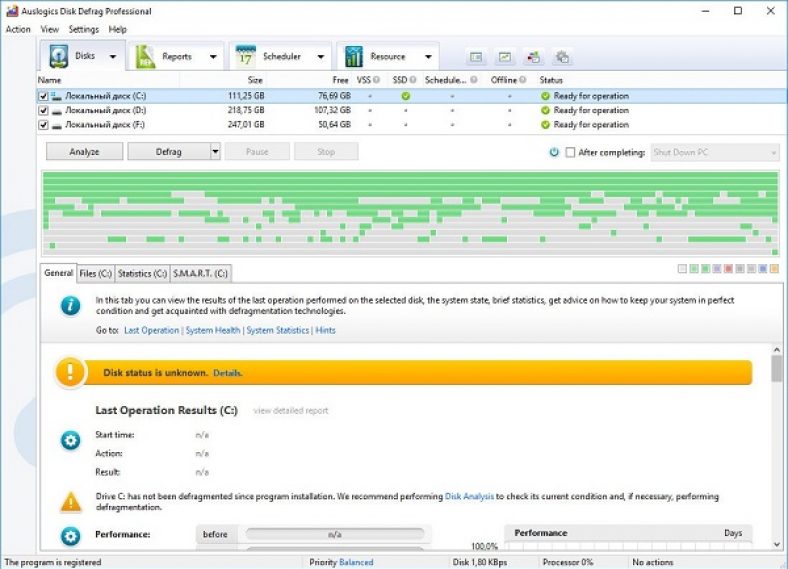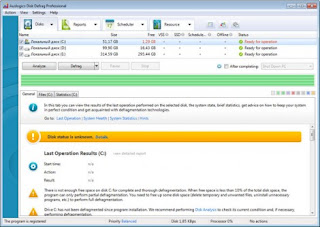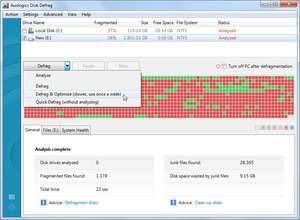

Use the Free Space Consolidation algorithm to greatly slow down the process of file fragmentation. Defragmenting system files will make your Windows more responsive, speed up system loading and overall performance. It allows you to streamline the following system files: MFT files, Paging file, Hybernation file and Windows Registry files. Offline Defragmentation is performed on system boot, before the operating system loads. The new Offline Defragmentation engine makes it possible to defragment important system files that are normally locked and can’t be moved while Windows is running. And finally, the Optimize by Disk Zone algorithm allows you to manually specify which file types or even individual files should be written to the faster part of the disk. If you just want to reduce further file fragmentation, then choose Optimize by Change Time. In order to speed up your system loading and application startup, use the Optimize by Prefetch Layout algorithm. Use the Optimize by Access Time method when you want to have faster access to frequently used files. There are 4 disk optimization algorithms available for you to choose from.

Get the maximum performance out of your expensive hardware investments and save your time by defragmenting only necessary files, instead of defragmenting an entire hard drive.

Limit the use of system resources by the defrag process when you’re at your PC, or lift any restrictions for faster defrag. For faster and safer defragmentation, you can set the program to remove temp files and check disks for errors. Auslogics Disk Defrag Pro not only defrags, but also can prevent further fragmentation by leaving free space after specified files.


 0 kommentar(er)
0 kommentar(er)
